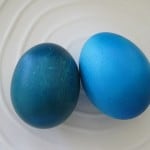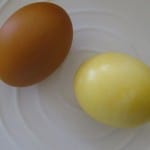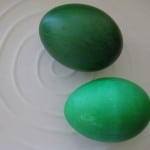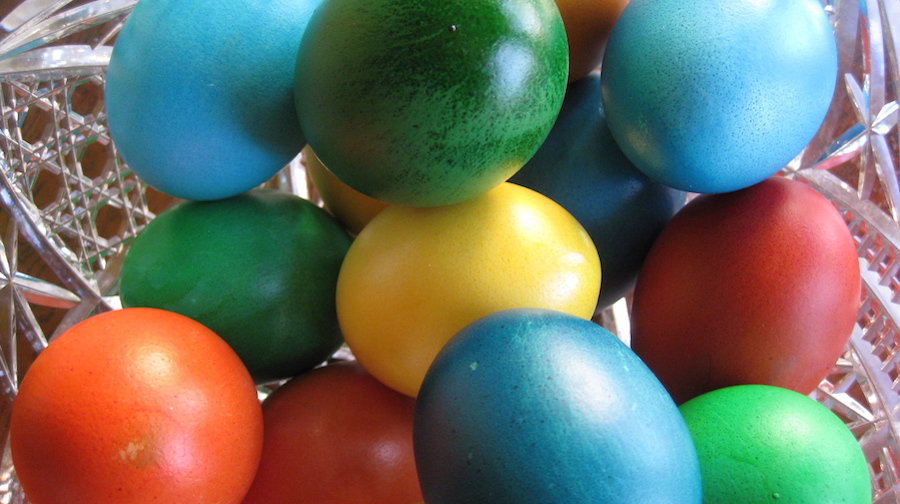Even though my 20 something kid no longer participates (nor lives at home, I’m proud to say), I still like making pretty coloured eggs at Easter time.
To get the true colours, I’ve always used white eggs, which also happen to be the ones from the marginalized chickens, the ones who have their beaks cut off and live their whole life in a tiny cage.
This is worth a pause. Why do we do this? Actually I know why – factory economics. And I also know there’s plenty of people who need their grocery bill to be less. So it’s tough. But is it for the chickens to pay?
Before you get going on the fun part, check out this Chicken Out video. It will help you sort out the sea of choice in the egg section of the grocery store. Short answer? Organic is really the only guarantee of decent chicken treatment. For heaps more info, the Vancouver Humane Society has a whole page.
To see if I really needed to have white eggs, I did an experiement and dyed white and organic eggs, which also happen to be brown.
It helps that I use the Greek dyes for their intense colours. You can get at Greek delis and meat markets. My sister uses Ukrainian dyes, which come in more colours and are just as vibrant. I have never tried them but with the Greek dyes, I mix the same way as the Paas dyes (the kind sold in grocery and drug stores everywhere).
- In a mug add 1/2 a package of dye powder (messy)
- 1 tablespoon of vinegar
- boiling water to fill the cup 2/3 full
Spread newspaper on the table and have a wet rag on hand for drips. Using a spoon, gently place hard boiled egg into a mug until it’s the colour you like. Place on a baking rack to dry. When completely dry, rub with a lightly oiled paper towel to make them shine.
Here are the results of both white and brown, the darker ones being the brown eggs. The brown were different but to my surprise equally beautiful.





